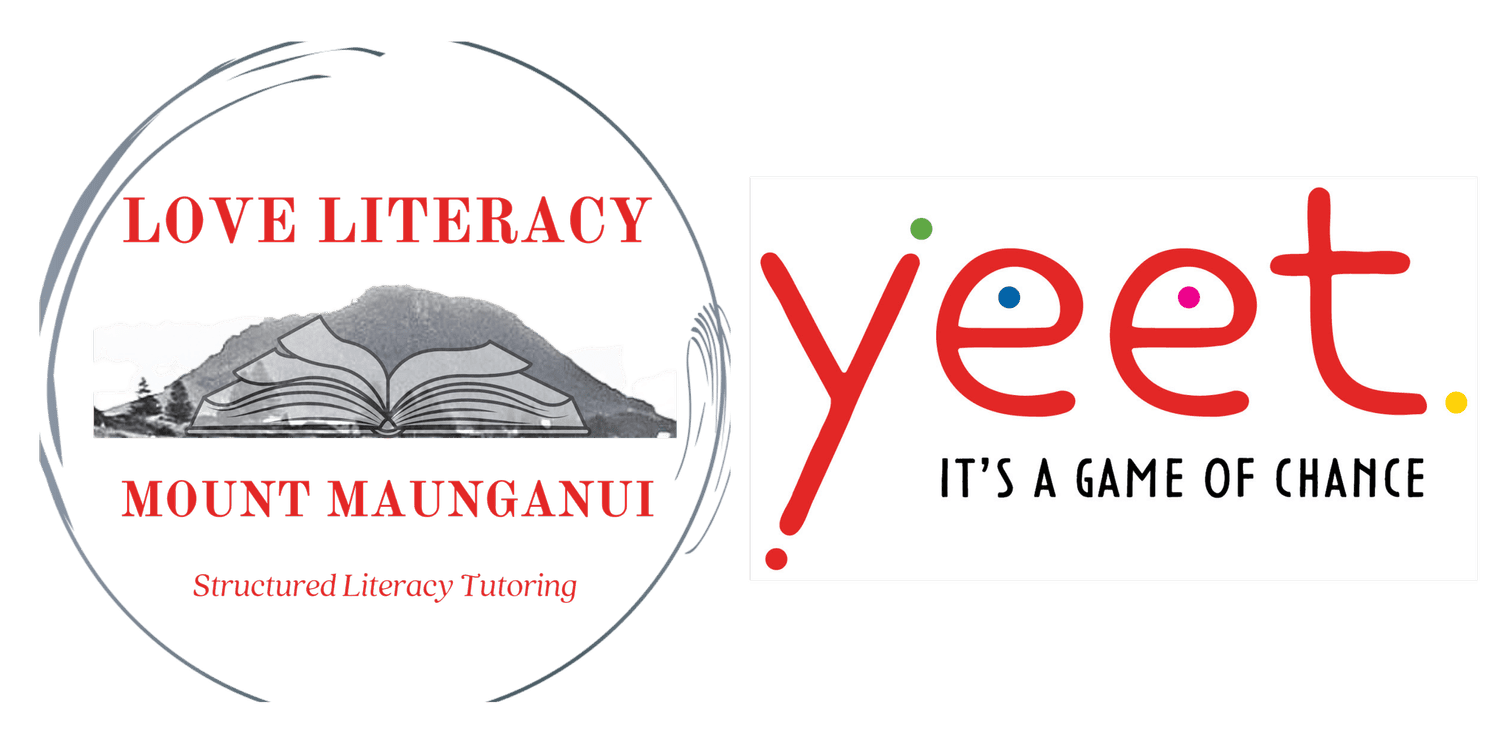I thought I might offer something new for 2025. Let’s look at some learning profiles each month to gain an understanding of students. The first learning profile I looked at in January 2025 is a Year 6 male. After the assessment, what did I know? What was I concerned about, and where did I begin?
At a glance – this was shared in the January Newsletter:
Phonological awareness – almost 100%
Letter/sound knowledge – only a few unknown, eg all soft ce and ge, and a few diphthongs and r controlled vowels.
Non-word reading – red flags, many glance and guess errors turned into real words, the student admitted they found this task very hard.
Non-word spelling – red flags, a/u vowel confusion, signs of insecure phoneme/grapheme correspondence.
Reading fluency – significant red flags, at risk. 35 wpm, 88% accuracy. The ORF for a Year 6 student should be between 121-146. Fluency rubric = 6/16. Intensive support is required.
Writing fluency – one great big long sentence, no capital letters, no punctuation apart from a full stop at the end. phonetic spelling, written vocabulary did not match oral vocabulary.
RAN – Below average RAN – red flag.
STM – Adult.
WM – Age 6 – 7 – red flag
My thoughts (Shared in the January Newsletter):
Whilst this student began their assessment well, once we got past the phonological awareness and phoneme/grapheme in isolation, this student began to show signs they were having trouble connecting the sounds that make up words with the letters that represent sounds. This, for me, is a massive red flag, and I will keep my opinion open for Dyslexia. My next step is to begin teaching the gaps identified, I will jump in my scope and sequence and cover off spelling rules and phoneme/grapheme correspondences that are not secure. I’ve suggested 5 mins of oral reading at home 3x per week to support lifting the ORF. As this student is year 6, I want to bring him up to speed fairly quickly, we will jump in with morphology to tackle multisyllable words right from the start alongside the unknown spelling rules and phoneme/grapheme correspondences. I will begin a writing scope teaching the 4 types of sentences and their corresponding punctuation to support both writing and reading expression, and then move straight to GIST statements. Within GIST statements, I can also work in conjunctions and subordinating conjuctions. My final thought is to progress monitor carefully how quickly this student’s ORF lifts along with their writing before making ANY assumptions about Dyslexia. Ideally, we will know after about 20 lessons together.
After four weeks of teaching (Shared in my February Newsletter):
Teaching this student has been an absolute pleasure. We met in person for the assessment; however, weekly lessons are held over Zoom. I believe meeting in person has helped us form a better relationship. This student turns up on time with all the correct tools and is eager to learn. As a warm-up, we have started each lesson with either Yeet or Spot It. The lessons have followed the following sequence:
- Warm up game
- Date in full
- Irregular words
- Soundpack
- Spelling Sounds – Rather than focus on sounds in isolation, I have been focusing on words containing a sound each week.
- Review
- New
- Read
- Writing craft
Points to note: we do not do handwriting practice as handwriting is secure, and each week, our new skill is either a phoneme/grapheme correspondence or a morphological unit. My reason for doing this is to bring this student up to speed as fast as I can. He is very capable of decoding multisyllabic words when given patience and guidance. So far, I have taught:
- Flexing the vowel in multisyllable words.
- The four types of sentence and their corresponding punctuation.
- Prefix un-.
- What is a noun?
- Review of silent e single syllable, and second syllable.
- What is a verb?
- Prefix re-
- Using pronouns to replace a noun.
Our next lesson will be looking at the ‘dge’ longer spelling pattern. He found this difficult to remember how to spell; however, reading this pattern in words was easy for him. We will look at the pattern dropping the e with a vowel-led suffix, as well as words like midget, fidget, and gadget. Our writing craft will cover proper nouns and capitalisation. Reading fluency is already improving; the texts offered are authentic texts pitched to his interests (such as rugby) that contain words in the new skill we are currently exploring.
